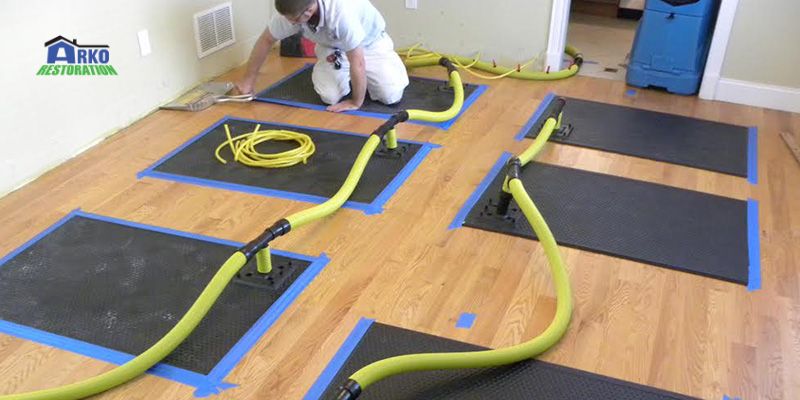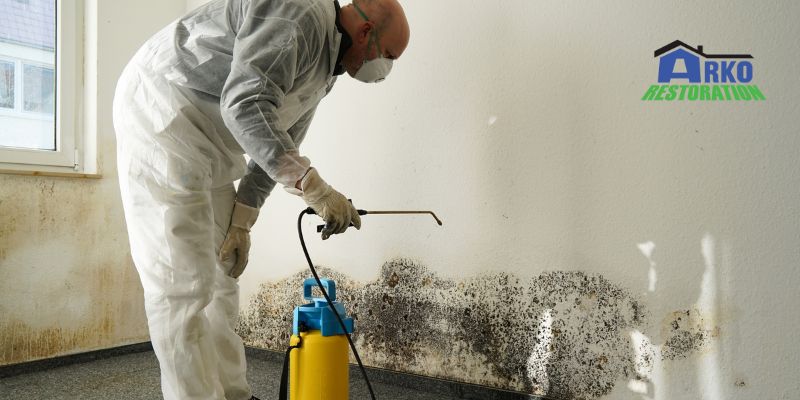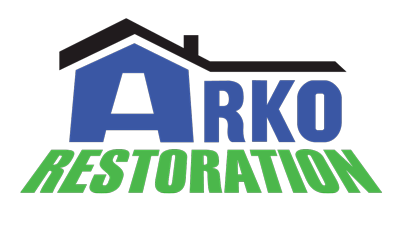Both water mitigation and water restoration are often used interchangeably. However, they do not mean the same thing. Understanding the differences between them will ensure that you take the right steps after water damage.
What Is Water Mitigation?

Water damage mitigation is a preventive measure to stop the progression of water-related damage to your property. This process makes use of specialized tools and methods to minimize potential losses. Mitigation involves removal of affected materials such as flooring and drywall, thoroughly cleaning and disinfecting salvageable items and ensuring the structural integrity of your home. It can also include using commercial-grade equipment to extract water and start the drying process and/or protecting the structural integrity by applying protective tarps, securing windows and implementing other necessary precautions.
Note that water damage mitigation services are not supposed to replace or repair damaged property items. Instead, they are to prevent the damaged items from deteriorating further. Although the water mitigation process can prevent additional damage, it serves as a temporary solution.
What Is Water Restoration?

Water damage restoration is the process of repairing a home or property that has suffered water-related damage. Following the process of the water mitigation phase, skilled professionals in water damage restoration focus on using different techniques to reconstruct the damaged properties.
While the steps taken by a restoration company can vary depending on the extent of the water damage, water damage restoration services often involve replacing damaged flooring and walls, mold remediation and addressing roof damage. Restoration can also include conducting thorough moisture and humidity assessments of the property.
Water damage restoration aims to restore the home to its pre-damage condition. However, the restoration process cannot start until all water damage issues have been completely resolved. Generally, water mitigation helps in stabilizing the affected property, and damage restoration is focused on home repair.
Essential Differences Between Water Mitigation & Restoration
Having a comprehensive understanding of the process of water damage restoration is crucial in knowing the steps taken by water damage restoration experts and what you can expect when they are working on your residence or property. Here are further differences between water mitigation and water restoration…
1. Objectives
Water mitigation aims to immediately have the situation under control when water damage happens. In other words, it helps in preventing further damage. It is an important process that mitigates the initial damage and reduces the potential for secondary issues like mold proliferation and structural deterioration.
Water restoration comes after water mitigation. Water restoration aims to return the property to its pre-damage state. This process involves a combination of repair, reconstruction and cleanup efforts. The whole process is focused on completing the restoration of the property, such that it returns to its original condition before the water-related incident.
2. Timing
Mitigation immediately begins after water damage. It often commences within the initial 24-48 hours. This process necessitates urgent, decisive actions to mitigate and contain the damage. It happens fast to stop additional damage to the affected property.
On the other hand, restoration starts once the mitigation stage is completed. This is the start of a more advanced process, varying in duration from several days to weeks or even months. The timeline for this depends on the severity of the damage, with the restoration process aiming to return the property to its pre-water damage functionality.
3. Scope Of Work
The focus of water mitigation is the quick removal of water. After this removal, drying procedures, dehumidification and the critical measures to prevent additional damage follow. It involves mitigation actions, such as water extraction, moisture tracking and the installation of state-of-the-art drying equipment.
By contrast, restoration often includes structural rectifications, the substitution of affected materials and the restoration of the property to its initial, pre-damage state. This process might also include aesthetic refurbishments, such as fresh paint application, reinstallation of flooring materials and the replacement of affected fixtures.
4. Professional Involvement
Mitigation frequently requires the use of professionals trained in mitigation tasks, involving water damage restoration companies and emergency response teams. Their goal is to immediately address the water-related damages and devise protective strategies to stop the progression, effectively minimizing losses.
In contrast, the restoration process demands different professionals, ranging from carpenters and plumbers to electricians and general contractors. The level of diversity on this team depends on the magnitude of the damage and the repairs essential for the restoration. These specialists all work together to restore the affected property.
5. Insurance Coverage
Many insurance policies extend coverage to water mitigation. This is because they recognize that they play an important role in averting the escalation of damage. This inclusion acknowledges the importance of quick action to mitigate losses.
When it comes to water restoration, this is different. Insurance policies may offer coverage for restoration, but the extent and terms of this coverage can vary. Variations depend on the details of the policy, the root cause of the damage and the complexity of repairs required to restore the property. Factors such as the nature of the damage will influence the degree of financial support provided.
Summary:
Water restoration and water mitigation are essential to property owners struggling with water damage. Water mitigation stands to prevent the progression of damage, thus stopping further deterioration. On the other hand, water damage restoration aims to return your property to its original state. Together, they form a comprehensive approach to address and recover from water-related damages.


